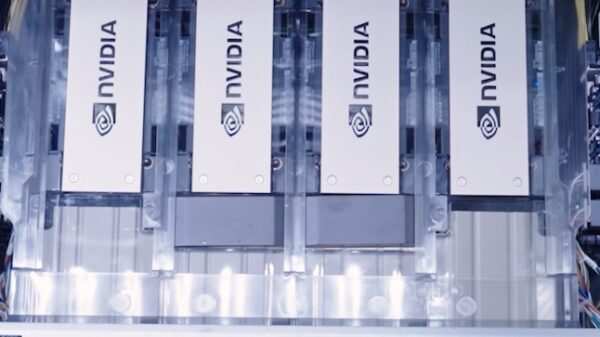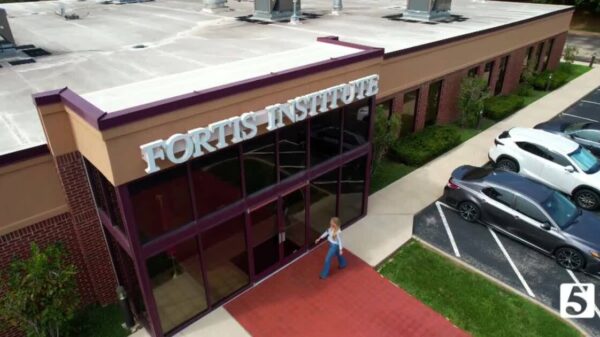Increasingly, logistics companies are finding a competitive edge by situating themselves near research and innovation hubs. By aligning with these centers, firms can tap into shared resources, talent, and collaborative opportunities that drive growth and efficiency in supply chain management. This strategic shift is reshaping how executives make expansion and relocation decisions, moving beyond traditional considerations like tax incentives and market access.
Proximity Fuels Growth
Research parks and innovation districts are becoming vital ecosystems for logistics and supply chain technology firms. These centers facilitate collaboration between private enterprises, academic institutions, and specialized facilities, enabling a smooth transition from concept to market. For instance, a logistics startup focused on developing artificial intelligence-driven route optimization software might partner with a nearby university on initial research while simultaneously working with manufacturers on pilot programs. Such collaborations can transform theoretical research into viable commercial products, effectively shortening the time it takes to launch new innovations.
This synergy not only accelerates product development but also enhances the region’s economic vitality. Companies located near these innovation hubs are better positioned to adopt advanced technologies and leverage shared infrastructure, including simulation labs and advanced data analytics environments. As a result, they become part of a dynamic ecosystem that fosters continuous improvement and innovation.
Access to Talent and Economic Impact
The importance of talent in driving innovation cannot be overstated. Research parks serve as critical conduits connecting logistics companies with a steady stream of skilled workers, including interns and recent graduates. By collaborating with local educational institutions, firms can reduce recruitment costs while gaining access to employees whose skills are honed through practical experience.
The benefits extend beyond individual companies. Research indicates that innovation hubs significantly contribute to local economies by generating new jobs and attracting long-term investments. For example, a single logistics company may collaborate with technology providers and hire students from neighboring universities, creating a ripple effect that bolsters the entire community’s economic landscape. Each partnership and interaction contributes to a multiplier effect that enhances regional growth.
As logistics firms recognize the importance of their location, they are increasingly inclined to embed themselves within these vibrant ecosystems. The decision to establish operations in a high-output research park not only grants immediate access to resources but also integrates the company into a cycle of ongoing innovation and growth.
In summary, the future of logistics and supply chain firms lies in their ability to leverage the unique advantages offered by research and innovation centers. As emphasized by Jessica Del Vecchio, economic development manager for the Office of Economic Development in Boca Raton, Florida, companies must now ask, “Which ecosystem will amplify our future?” By choosing to engage with research parks and innovation districts, logistics firms can secure a foothold in a rapidly evolving market, driven by innovation, talent, and opportunities for collaboration.


































































